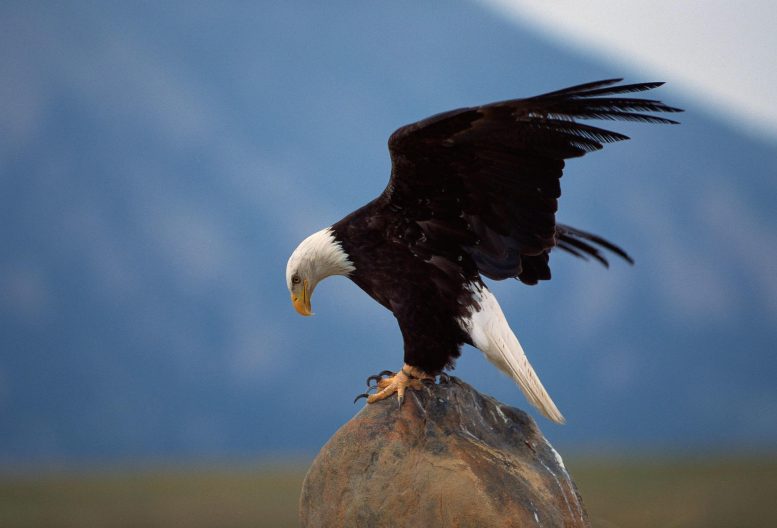
Bald eagles are a majestic bird of prey that is native to North America. They are known for their striking appearance, with their white head and tail contrasting with their dark brown body.
A recent study shows that bald eagles in northwestern Washington state have adapted to climate change-induced changes in their traditional diet of salmon carcasses by searching for new food sources. In doing so, these eagles have become a valuable asset to dairy farmers in the region. By deterring pests and removing animal carcasses from their farms, the eagles provide a natural and effective means of pest control.
A study recently published in the journal Ecosphere outlines the mutually beneficial relationship between bald eagles and dairy farmers in northwestern Washington state.
“The narrative around birds of prey and farmers has traditionally been negative and combative, mainly due to claims of livestock predation,” said lead author Ethan Duvall, a doctoral student in ecology and evolutionary biology at Cornell University. “However, dairy farmers in northwestern Washington do not consider the eagles threats. In fact, many farmers appreciate the services that the eagles provide such as carcass removal and pest deterrence.”
Duvall, with collaborators Emily Schwabe and Karen Steensma from the University of Washington and Trinity Western University in Canada, conducted face-to-face interviews with farmers on small, medium, and large dairy operations in Whatcom County to better understand this unique relationship. The study was motivated by Duvall’s most recent research showing that eagles were redistributing from rivers to farmland in response to the declining availability of salmon carcasses during the past 50 years.
“Climate change has altered the chum salmon spawning schedule, causing them to run earlier in the winter,” said Duvall, who is affiliated with the Cornell Lab of Ornithology. “Now the salmon are spawning when annual Nooksack River flooding is at its peak. The fish who spawn and die are swept away by the high water instead of being deposited on the shore where the eagles can easily access them.”
Duvall said the shift in timing has reduced the number of available carcasses on the local river, not the number of individual salmon. However, many rivers in the Pacific Northwest have experienced dramatic salmon population declines, also eliminating winter resources for eagles.
To make up for the reduction in their natural food supply, eagles have turned to the steady stream of dairy farm by-products resulting from the births and deaths of cows and prey on waterfowl populations which feed and rest in the agricultural areas. Bald Eagles also keep a lid on traditional farm pests, such as rodents and starlings.
“We know this positive interaction between farmers and Bald Eagles is not the norm in many other agricultural areas, especially near free-range poultry farms where the eagles snatch chickens,” said Duvall. “But this study gives me hope that, moving forward, farmers, wildlife managers, and conservationists can come together to think critically about how to maximize benefits for people and wildlife in the spaces they share.”
Reference: “A win–win between farmers and an apex predator: investigating the relationship between bald eagles and dairy farms” by Ethan S. Duvall, Emily K. Schwabe and Karen M. M. Steensma, 8 March 2023, Ecosphere.
DOI: 10.1002/ecs2.4456

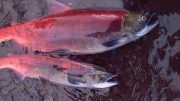


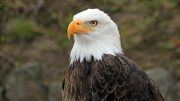

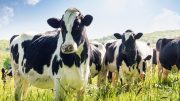

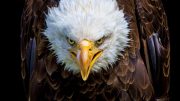
Be the first to comment on "Climate Change: A “Win-Win” Between Farmers and an Apex Predator"